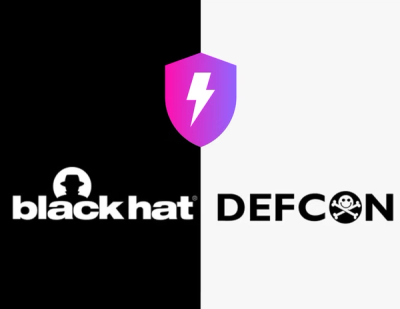rollup-external-modules



Mark all modules located in node_modules as external.
Installation
npm install --save-dev rollup-external-modules
yarn add -D rollup-external-modules
Usage
import rollupExternalModules from 'rollup-external-modules';
export default {
input: 'entry.js',
output: {
file: 'dist/index.js',
format: 'cjs',
},
external: rollupExternalModules,
};
NPM scripts
npm t: Run test suitenpm start: Run npm run build in watch modenpm run test:watch: Run test suite in interactive watch modenpm run test:prod: Run linting and generate coveragenpm run build: Generate bundles and typings, create docsnpm run lint: Lints codenpm run commit: Commit using conventional commit style (husky will tell you to use it if you haven't :wink:)
Automatic releases
Prerequisites: you need to create/login accounts and add your project to:
Prerequisite for Windows: Semantic-release uses
node-gyp so you will need to
install
Microsoft's windows-build-tools
using this command:
npm install --global --production windows-build-tools
Setup steps
Follow the console instructions to install semantic release and run it (answer NO to "Do you want a .travis.yml file with semantic-release setup?").
Note: make sure you've setup repository.url in your package.json file
npm install -g semantic-release-cli
semantic-release-cli setup
From now on, you'll need to use npm run commit, which is a convenient way to create conventional commits.
Automatic releases are possible thanks to semantic release, which publishes your code automatically on github and npm, plus generates automatically a changelog. This setup is highly influenced by Kent C. Dodds course on egghead.io




